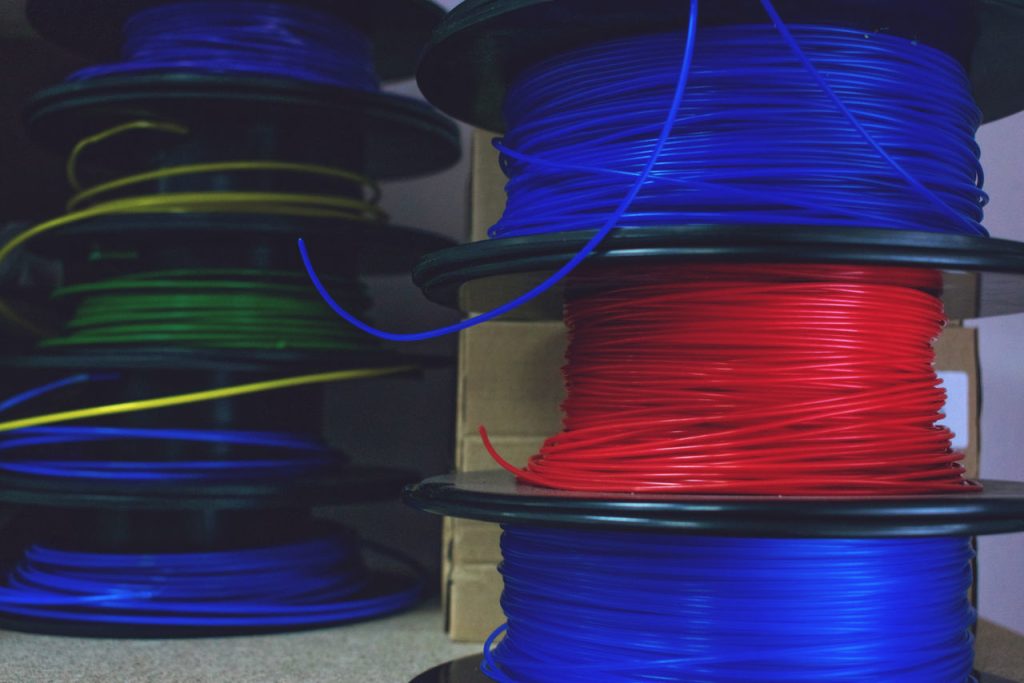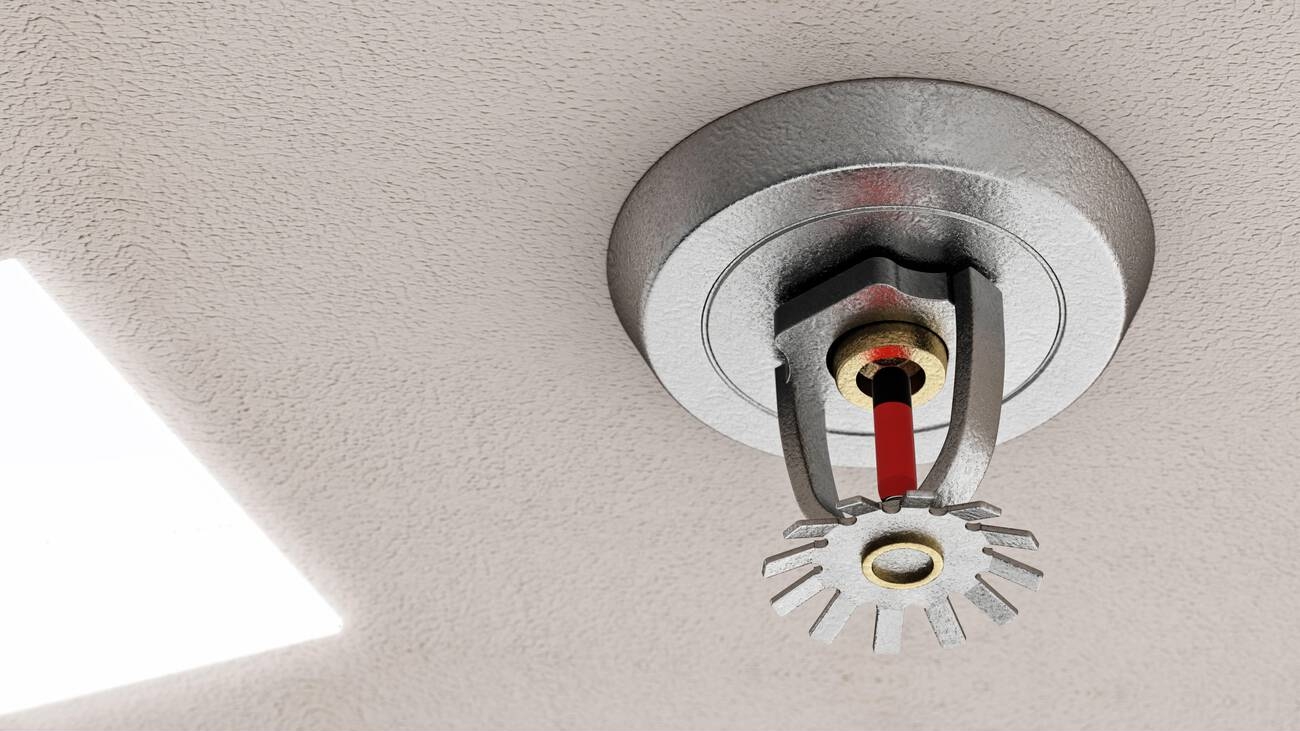Are you interested in learning about the different materials used in 3D printing? Look no further! In this ultimate guide, we’ll explore the wide range of materials available, including plastics, metals, resins, and even carbon fiber.
Whether you’re a beginner or an experienced user, understanding the characteristics and applications of each material is essential to achieve the best results.
So, let’s dive in and discover the world of 3D printing materials together!
Types of 3D Printing Materials
When it comes to 3D printing materials, you have a wide range of options to choose from, including plastics, powders, resins, metals, and even carbon fiber.
One of the benefits of using biodegradable materials in 3D printing is their eco-friendly nature. These materials can break down naturally over time, reducing environmental impact.
Another exciting prospect is exploring the potential of carbon fiber composites in additive manufacturing. Carbon fiber is known for its exceptional strength and lightweight properties, making it ideal for industries such as automotive, aerospace, and racing.
Additionally, there have been significant advances in metal 3D printing for industrial applications. Metal 3D printing offers high strength, accuracy, and complexity in creating metal products, making it a valuable tool for engineers and manufacturers.
Plastic 3D Printing Materials and Processes
There are dozens of plastic materials available for 3D printing, each with unique qualities for specific use cases.
When it comes to plastic 3D printing, thermoplastics offer several advantages. Thermoplastics can go through multiple melt and solidification cycles, allowing for easy reshaping and recycling.
Filament and resin are the two main forms of plastic used in 3D printing. Filament, such as PLA and ABS, is best for larger pieces, while resin is suitable for smaller, more detailed objects.
The future of plastic materials in 3D printing is promising. Researchers are constantly developing new materials and improving existing ones. Wood filaments and composites that mimic materials like marble and ceramic are already being used.
As technology advances, we can expect a wider range of plastic materials to be available for 3D printing, expanding its applications even further.
Popular Plastic 3D Printing Materials
The most popular plastic materials for 3D printing include ABS, PLA, PETG, Nylon, and TPU. These materials have a wide range of applications and offer various advantages.
ABS is known for its toughness, durability, and heat resistance, making it suitable for functional parts and prototypes.
PLA is easy to print and biodegradable, making it a popular choice for environmentally friendly projects.
PETG is compatible with lower printing temperatures and has good chemical resistance, making it ideal for mechanical parts and containers.
Nylon is strong, durable, and lightweight, making it suitable for applications that require high strength and flexibility.
TPU is flexible and impact-resistant, with excellent vibration dampening properties, making it suitable for products that require elasticity and shock absorption.
When comparing these materials, factors such as strength, flexibility, temperature resistance, and ease of printing should be considered to choose the most suitable material for your 3D printing needs.
SLS 3D Printing Materials
SLS 3D printing materials, such as nylon, offer excellent mechanical characteristics and produce parts with strength comparable to injection-molded parts. Advancements in SLS printing materials have opened up unique applications in various industries.
Nylon, the most common material used in selective laser sintering, is lightweight, strong, and flexible. It is stable against impact, chemicals, heat, UV light, water, and dirt.
SLS materials have excellent mechanical characteristics, making them highly reliable for engineering and manufacturing purposes. When compared to other 3D printing materials, SLS materials stand out for their strength, durability, and versatility. They can withstand demanding environments and produce complex, high-quality parts.
With the continuous advancements in SLS printing materials, the possibilities for innovative and efficient manufacturing are endless.
Metal 3D Printing
If you’re interested in metal 3D printing, you’ll be amazed by the strength and complexity of the parts that can be created using this innovative technology.
Advancements in metal 3D printing have revolutionized industries such as aerospace, automotive, and medical. Metal FDM printers use metal rods held together by polymer binders, while SLM and DMLS printers fuse metal powder particles using a laser.
However, metal 3D printing also comes with its challenges. It requires high temperatures and strong forces, making it harder to work with compared to other materials. Additionally, the cost of metal 3D printing can be higher due to the specialized equipment and materials required.
Despite these challenges, the applications of metal 3D printing are vast and exciting, ranging from customized medical implants to intricate aerospace components.
Popular Metal 3D Printing Materials
Carbon fiber is extremely strong and lightweight, making it ideal for industries such as automotive, aviation, aerospace, and racing. However, when it comes to metal 3D printing, there are several popular materials that offer unique advantages and applications.
One of the main advantages of metal 3D printing is the ability to create complex and intricate designs that would be difficult or impossible to achieve with traditional manufacturing methods. This opens up new possibilities for creating lightweight yet strong components.
However, there are also challenges in metal 3D printing, such as the high cost of materials and equipment, as well as the need for skilled operators to ensure quality and accuracy.
Despite these challenges, metal 3D printing has found applications in various industries, including aerospace, automotive, medical, and even jewelry making. The ability to create custom, high-quality metal parts on demand is revolutionizing manufacturing processes and pushing the boundaries of what is possible.
Plastic as a 3D Printing Material
When it comes to 3D printing, plastic is one of the most widespread materials used due to its versatility and affordability. The benefits of using plastic in 3D printing are numerous.
Plastic is lightweight, making it ideal for creating intricate and complex designs. It is also durable and can withstand a wide range of temperatures and environmental conditions. Additionally, plastic is readily available and comes in a variety of colors, allowing for endless customization options.
However, there are challenges in using plastic as a 3D printing material. It can be prone to warping and shrinking during the printing process, which can result in distorted or failed prints. To overcome these challenges, the latest advancements in plastic 3D printing technology have focused on improving print quality and precision.
This includes the development of advanced cooling systems, improved bed adhesion techniques, and the use of specialized filaments with enhanced properties. With these advancements, plastic 3D printing has become even more accessible and capable of creating high-quality, functional parts.
Resin as a 3D Printing Material
Resin is a versatile 3D printing material that allows you to create highly detailed and smooth objects with a range of properties. One of the advantages of resin printing is its ability to produce intricate designs with fine details, making it ideal for creating figurines, chess pieces, and small household accessories.
There are different types of resin materials available, such as high-detail resins, transparent resin, and paintable resin, each offering unique characteristics for various applications.
After printing, post-processing techniques can be used to enhance the quality of resin prints. These techniques include cleaning the prints with isopropyl alcohol, curing them under UV light to fully harden the resin, and sanding or polishing the surfaces for a smoother finish.
With resin printing, you can achieve stunning results and bring your designs to life.



